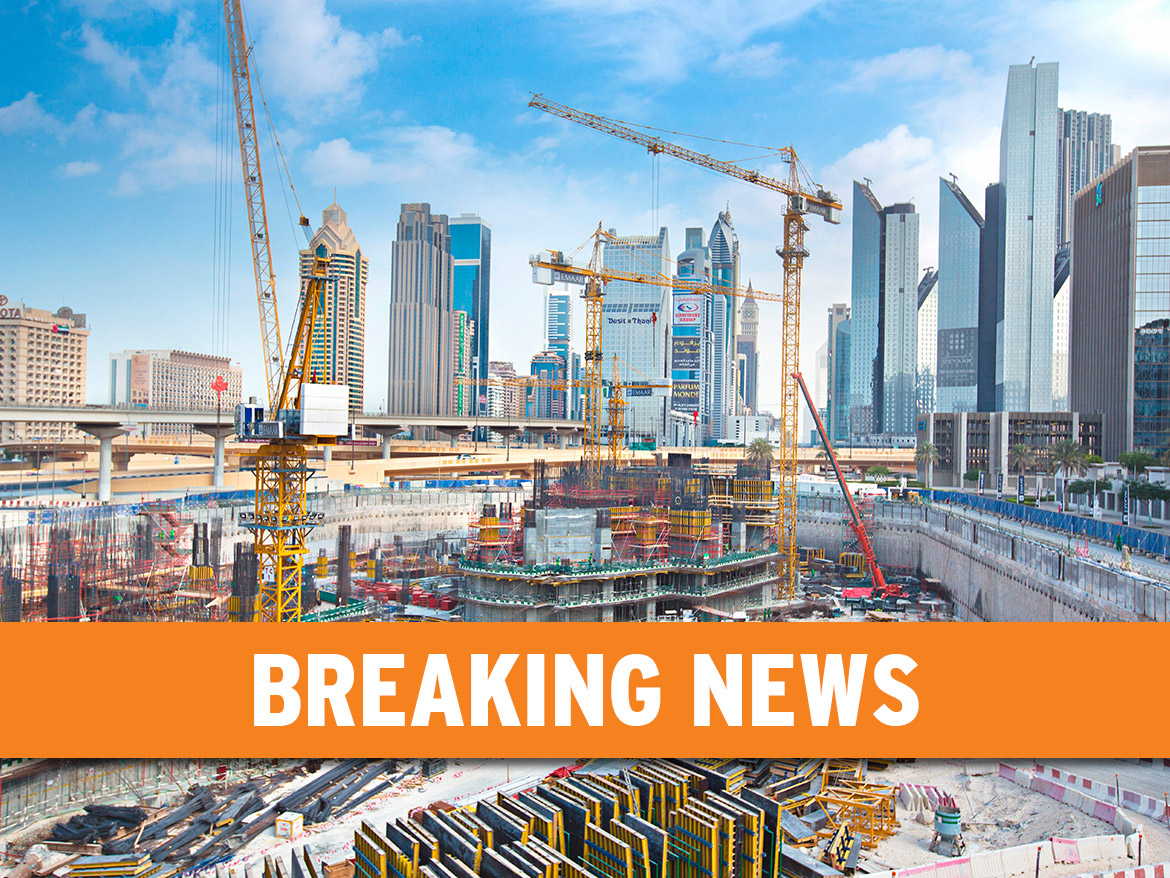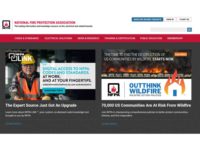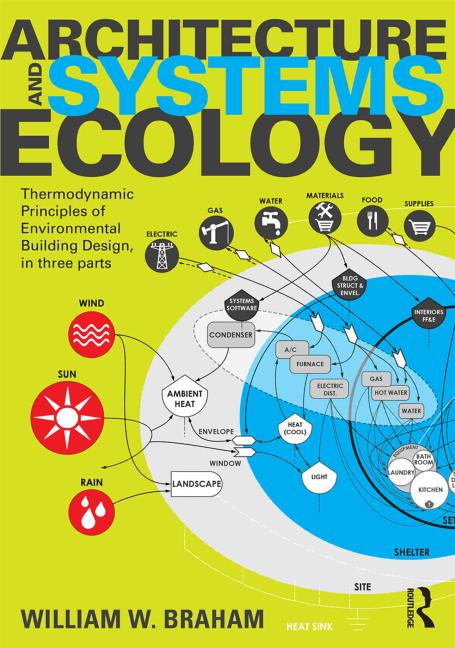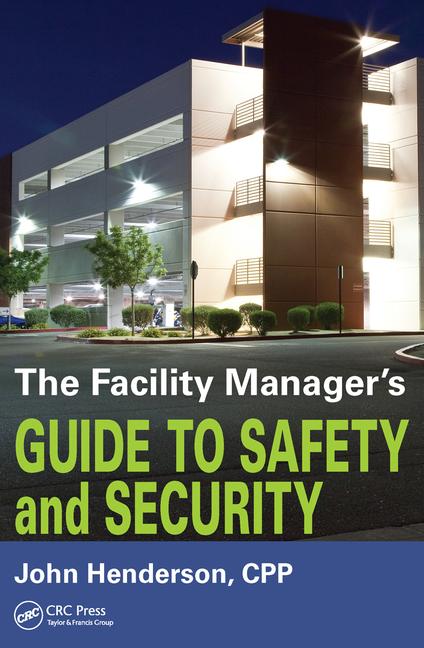ICC Raises Awareness Around Wildfire Safety with Three New Fire Prevention Resources

As the pace of wildfire season increases throughout the United States, the International Code Council, the developer of the most widely used and highly regarded set of building safety codes and standards in the world, is emphasizing the importance of fire safety through its three newly released fire prevention titles: 2021 IWUIC® Code and Commentary, Significant Changes to the International Fire Code, 2021 Edition, and the 2019 California Fire Code Amendments Handbook.
This is critical as the Congressional Research Service, citing Wildland Fire Summary and Statistics from the National Interagency Coordination Center (updated May 2021), reports that since 1960 the three largest wildfires in total acreage burned have occurred in the last five years. The report also notes people are increasingly finding themselves within or moving to wildland urban interface (WUI) zones. The WUI is defined by the U.S. Fire Administration as areas where human-made structures and infrastructure are in or adjacent to areas prone to wildfires.
The Code Council’s three new publications each address a critical component of wildfire and fire safety and prevention:
- 2021 IWUIC® Code and Commentary provides a convenient reference for regulations in the 2021 International Wildland-Urban Interface Code (IWUIC), which focuses on the use of ignition-resistant building materials including specially designed vents to prevent embers from penetrating into eaves and under foundations, creating and maintaining defensible space, and fire service access to structures and water supplies.
- Significant Changes to the International Fire Code, 2021 Edition: a comprehensive analysis of the significant changes in the new edition of the International Fire Code (IFC), offering key insights into the implications of these changes.
- 2019 California Fire Code Amendments Handbook is a new resource that was developed, in partnership with the California Fire Prevention Officers and the California Fire Chiefs Association, to help users understand the purpose and intent of the California amendments to the state-adopted fire code, including an extensive, legislative history of the California Office of the State Fire Marshal, and to provide a greater degree of standardization in code application throughout the Golden State.
“The troubling trend of more frequent and destructive wildfires, coupled with moderate to extreme drought in several states, has put a spotlight on the need for innovative and comprehensive building codes and standards that address wildfire prevention and building safety,” said Dominic Sims, CBO, Chief Executive Officer of the Code Council. “It is important that the building safety community continues to seek ways to improve our codes and standards, while imploring local and state governments to adopt these advanced codes to keep their communities protected.”
The federal government requires its construction and FEMA-assisted reconstruction in the wildland-urban interface to adhere to the IWUIC, and according to the National Institute of Building Sciences, retrofitting 2.5 million homes in the WUI to the 2018 edition of the IWUIC could provide a nationwide benefit-cost ratio as high as $8 to $1.
With the duration of wildfire season extending across the U.S. and the consequences becoming more severe, communities must work to adopt and implement the most up-to-date building codes to help prevent wildfires. For quick tips and additional resources on wildfires, please visit the Code Council’s Wildfire Information and Resource Page.
Looking for a reprint of this article?
From high-res PDFs to custom plaques, order your copy today!









